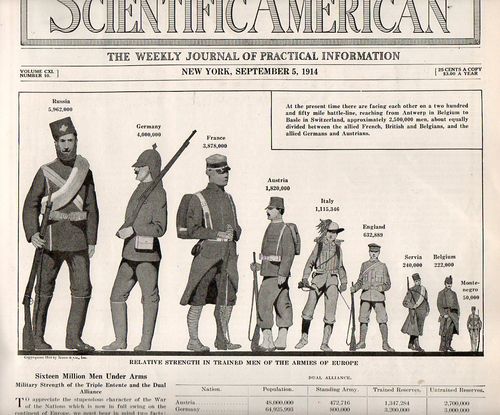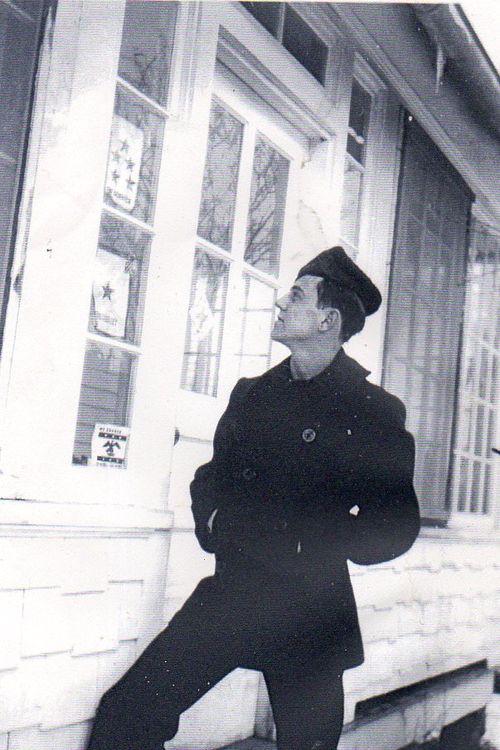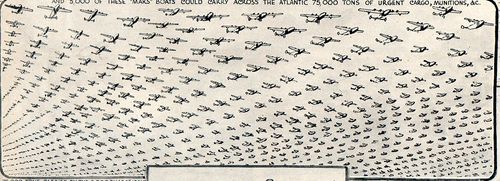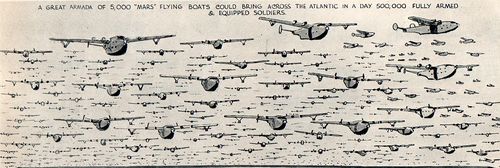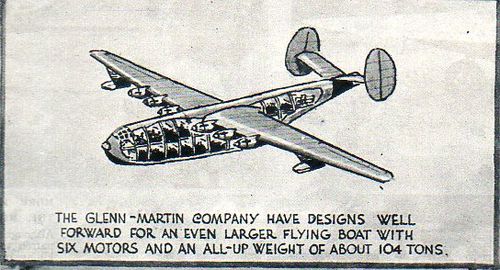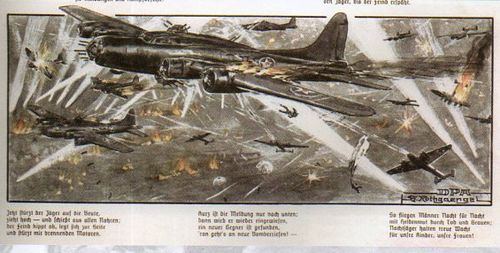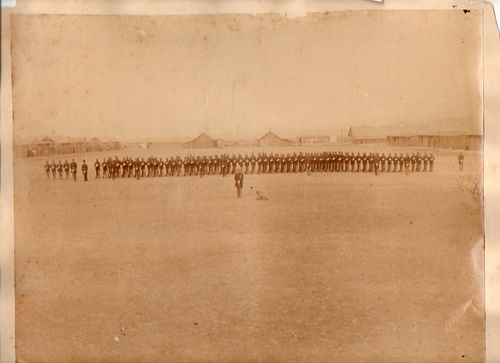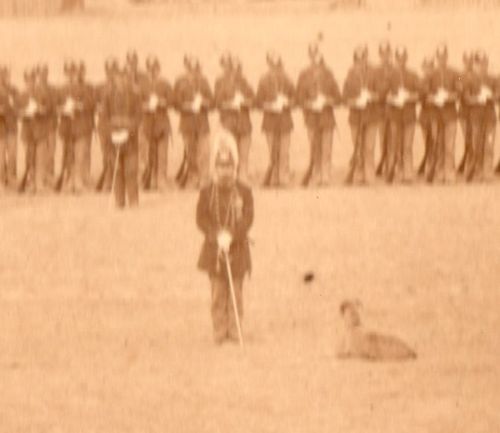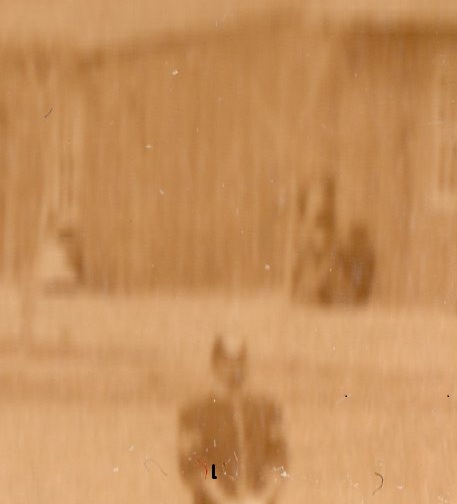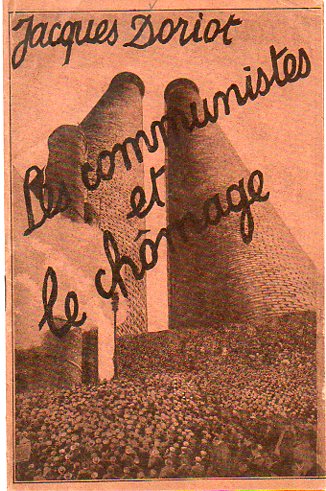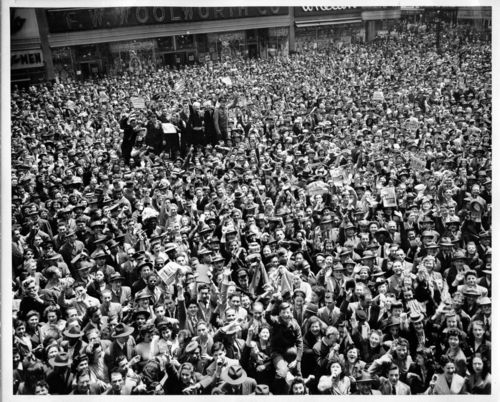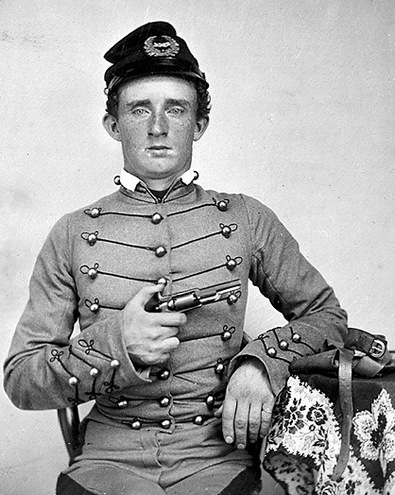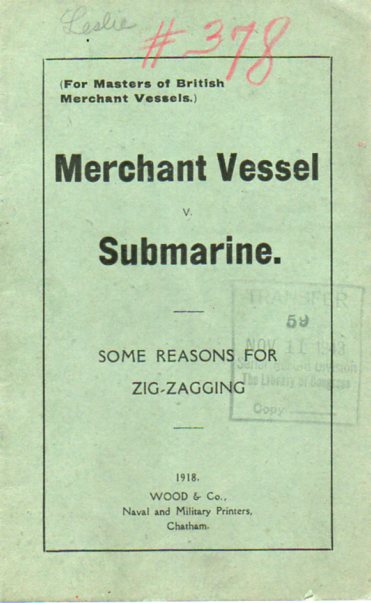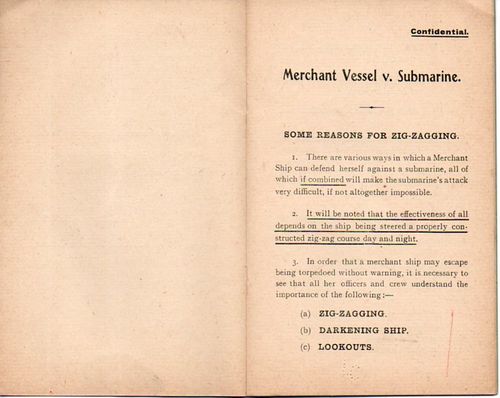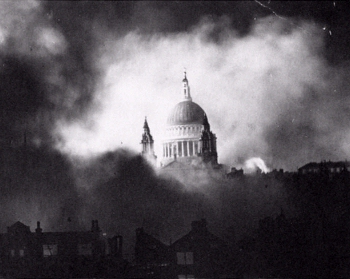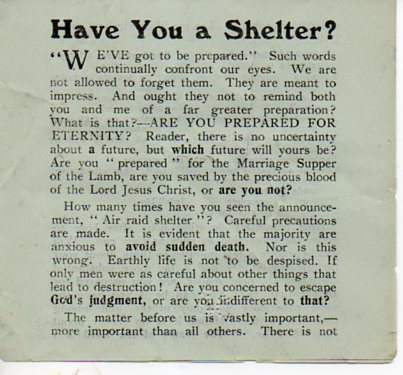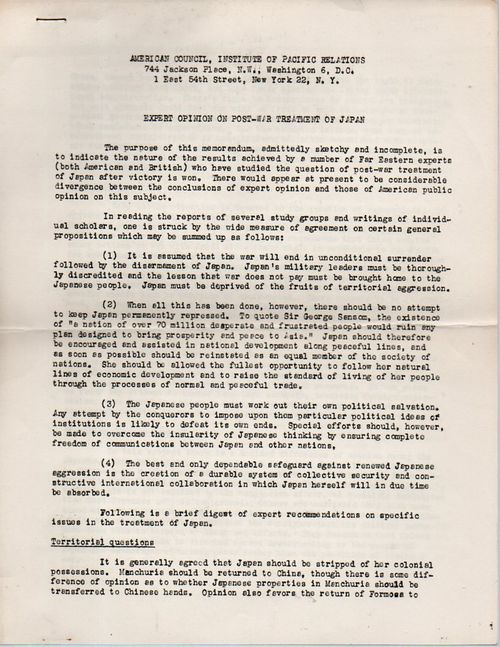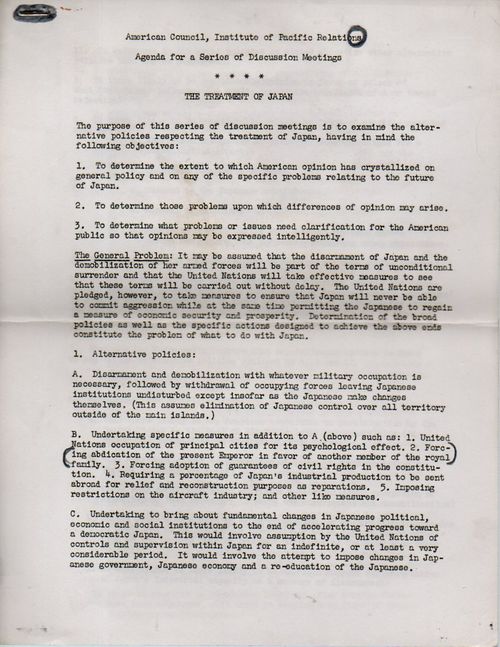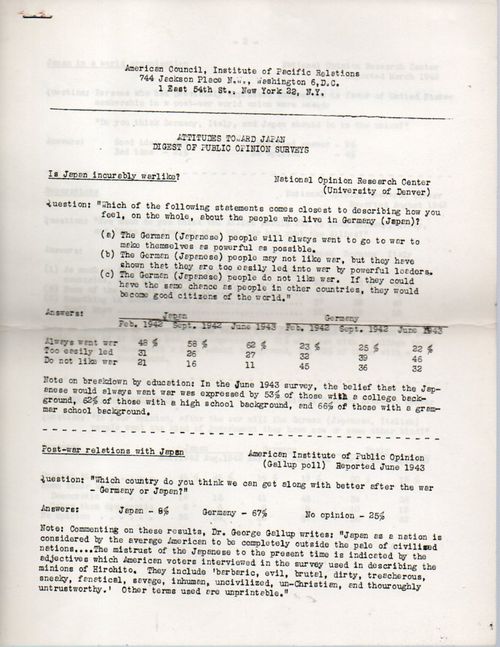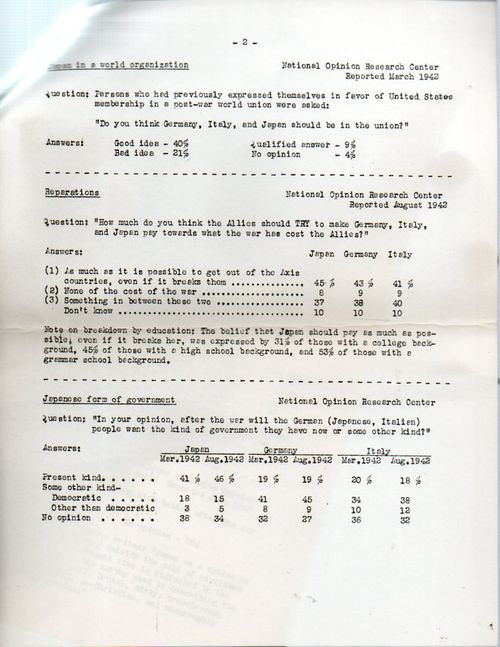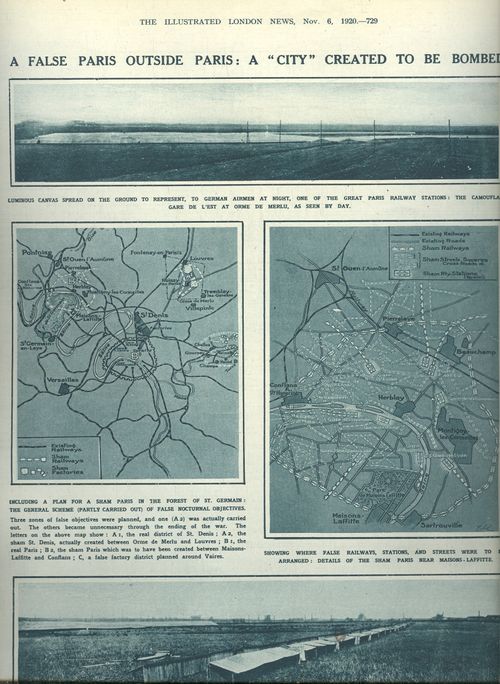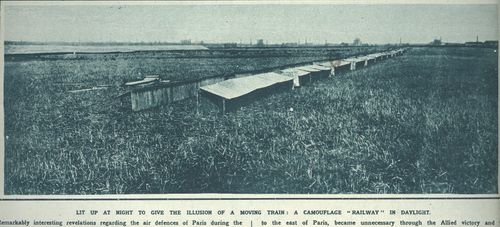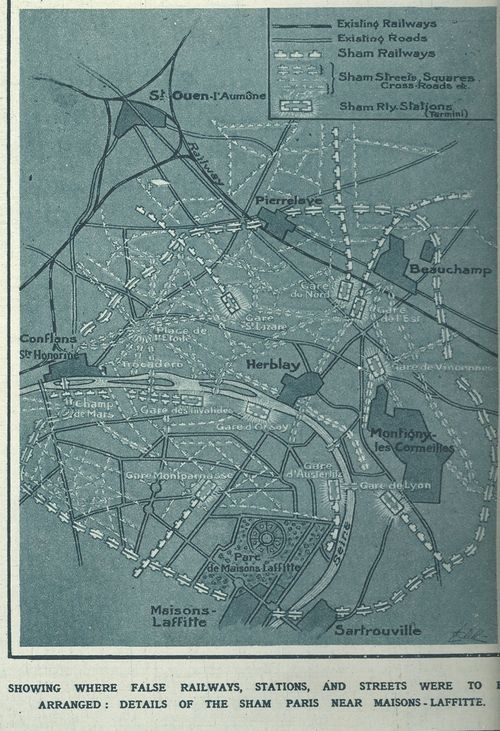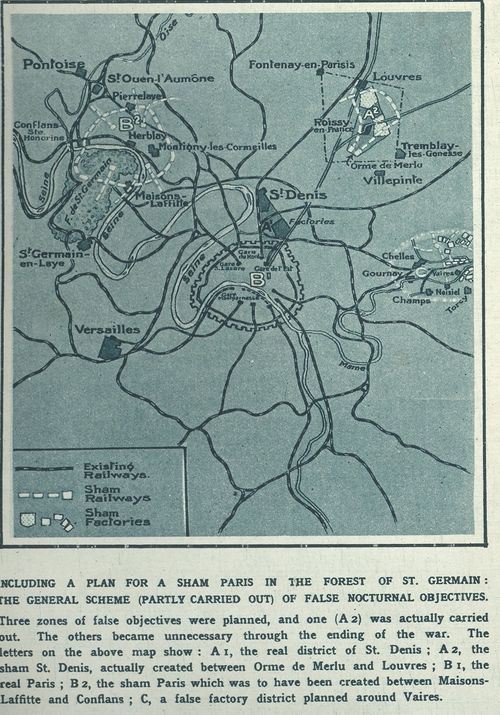JF Ptak Science Books Post 1662
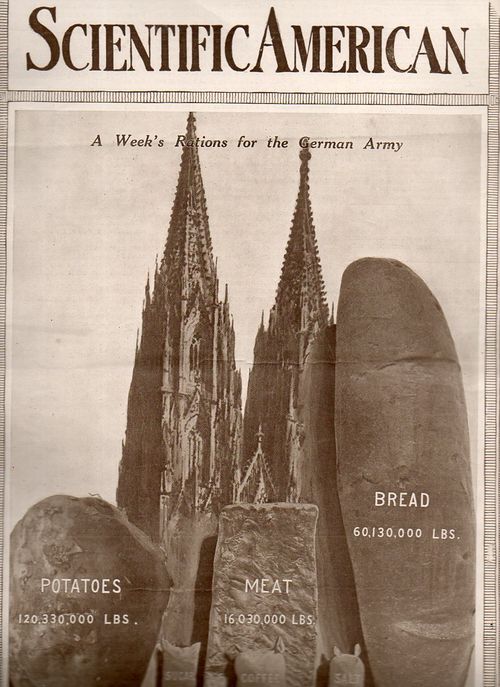
In the history of pictures of bread, this loaf seems to be about the biggest. The 60-million-pound loaf is meant to represent a week's ration for teh newly-fighting German army. The war, the Great War, WWI, was just beginning when this article hit the newsstands on 22 August 1914. There wasn't much yet printed in the Scientific American regarding the war, and it seems as though this was the first cover of the magazine to deal with the new world-ender. But in the blazes of the guns of August (B Tuchman) the end of the conflict might've looked a little close at hand. I doubt that many would've seen the 100,000,000 dead and wounded that would come as a result of the war, at this point just finishing its first month.
I am not sure why, but the editors of SA chose to think about supply for their first stab at making a cover-comment about the war. It does give some idea of the sheer numbers of people involved, at least on the German side. Hoiw this is iterated by a 400-foot-tall loaf of bread, I can't exactly say.
(Are potatoes one tenth the density of :"meat"? The potato sack and the meat chunk look to be about the same size, though the meat bit is less than a tenth of the weight of the potatoes.)
Two issues later--5 September 1914--we see the following artistic display of quantitative data, a much more effective way of generating understanding on the differences in troop strengths among the waring countries:
The United States would not get involved in WWI until 1917, and so American statistics were not included in this image. But if they were, the U.S. Army's size would be somewhat larger than little Montenegro there at the far right. Given the American population of 92,000,000, the army was quite small, with barely 98,000 soldiers under arms (half of whom served overseas). (Montenegro's force of 50,000 was somehow pulled out of a population of 350,000 people--Belgium, with a population of 7 million, had an army more than double the size of that of the U.S.) Of course this was a peacetime, hands-off army for the United States, and by the end of 1914 President Wilson expanded the standing army to 140,000; by 1918, when the newly-instituted draft1 really kicked in, more than 4,000,000 people would be in the armed services, half of whom would serve overseas.
Notes
1. Beginning in 1917 all males between the ages of 21 and 30 were required to register for the draft/military service, and by September 1918 more than 23,000,000 men had done so. This was an extraordinary leap from the Army totals for 1914.


